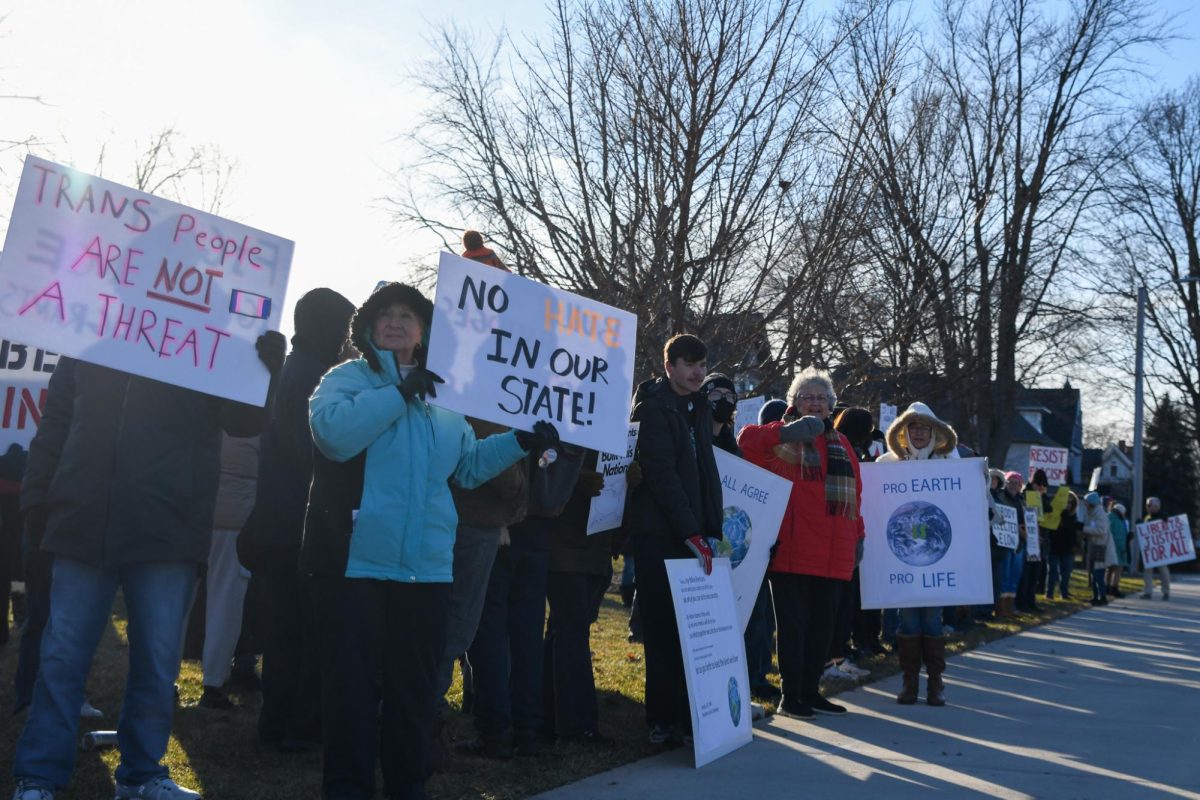Bowling Green will soon become the home of the largest solar energy project in the state.
Placed on the southeast corner of Newton Road and Carter Road, 4.9 miles outside of the city, the project will take up 165 acres and in turn produce 20 megawatts of energy for the city of Bowling Green — enough to power approximately 3,000 homes per year.
The solar farm is under construction and will be completed by the end of 2016. It will begin producing energy for the city starting January 2017, said Brian O’Connell, director of utilities for the city of Bowling Green.
The residents of Bowling Green should see no increase in their bills if projections for the project hold.
“This will be one of those projects that is part of our overall power supply. Every customer that uses Bowling Green electricity will get their portion of the project,” said Brian.
The project is the latest in Bowling Green’s energy portfolio. As the portfolio stands now, approximately 36 percent of energy used by the city is renewable in the form of wind energy and hydroelectric energy. The solar farm brings an additional 4 percent of renewable energy to the portfolio, bringing the total up to 40 percent.
“The city wanted to implement a diverse (energy) portfolio, but do it in a responsible way. Over the years we have been adding bits and pieces to that, and that’s how we have managed to hit the 40 percent mark,” Brain said, “a lot of other cities struggle to break the 5 or 10 percent mark.”
The farm is being built by a private contractor, Blattner Energy, and will be operated by private entity NextEra.
The panels for the Bowling Green solar farm operate on a “single axis tracker” system, making them different than other projects throughout the state.
“A lot of the panels in projects like this have been on a fix rack panels, the panel does not move throughout the day. They maximize, or try to maximize, their output around noon or one o’clock when the sun matches the angle and direction of the panel,” said Brian.
“The panels in our solar farm will actually move as the sun moves across the sky. It will generate energy earlier in the day and later in the day because it tracks the sun. We will get more generation during the day while the 20 megawatts is still the peak output.”
The movement of the panel will not affect the amount of energy being put out by the panels, but will increase the amount of time that the panels will be able to produce energy.
Brian said the solar project will be big help during the peak times of energy demand.
“You can imagine on the middle of a hot summer day — air conditioning, TV, what have you — there is a very high demand for energy. But go to February at midnight, they are not using energy and the demand drops,” he said.
“We are using a resource that fits nicely with the load at the time it’s being called for by the customer.”
The ability of the solar field to fill the high demand times makes it a big piece of Bowling Green’s “energy puzzle,” a system of energy production that combines wind, hydro, solar, and man made energies to provide energy to the city in an efficient manner.
“You have to find resources that fit a lot of different areas. Solar happens to fit with the peaking you would find in the summer months.”
Brian does mention that with all the renewable energy produced by the city, it is still only 40 percent of the energy the city needs. This means that man-made energy is not going anywhere.
“Sometimes the wind blows, sometimes it doesn’t. We take the energy when we can get it. Sometimes the sun is not out, the wind is not blowing, and the river conditions are not right. At that point we need a man made source to supply the base load.”
The addition of the solar farm to the Bowling Green energy portfolio will change how energy is produced, but not the service that is provided to the community.
“I think people here in Bowling Green like having local control (of their energy production). We are not beholden to an investor owned utility. Our priority is to the quality of the product and the quality of the service we provide people.”













